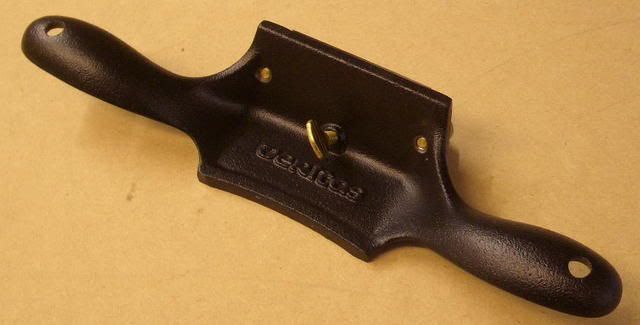Oh goodness.......woodworking forums and plane questions.......why are they always such a big deal?
If you are asking the question, then you are a novice (you say as much yourself). If you are a novice, then you need something very basic to learn with. Learner drivers don't get to try out a formula 1 car......they start in a Vauxhall Nova.
I would suggest an unbranded Jack plane for the bigger stuff, and an unbranded block plane for little stuff. A £50 or £80 budget should cover the pair, and in years to come when you have mastered those two, then have a think about Veritas or Lie Nielson or somesuch Ferrari.
Remember that almost all of our great history of furniture making and architectural joinery involved craftsmen using planes they probably made themselves. We kid ourselves that cabinet making is engineering in wood..........it isn't, and we kid ourselves that these expensive wonder-planes will turn us into experts overnight.....they won't.
The quality of the work you turn out will be limited by your skills , and not by the quality of your planes, so long as you can properly sharpen and adjust. You will make just as big a hash of planing using a £400 plane as you will with a £40 plane in your early years.
I have been furniture making for nearly 30 years, semi-professionally at times, and own just 2 planes. They are an unbranded jack plane and a brazed-up Stanley 220 block plane. I prepared all my stock by hand until I bought a planer thicknesser 2 years ago. A bigger, longer plane would have helped a bit, but it was no big deal really not having one. You just learn a few more skills, and sweat a bit more.
To me, working with wood isn't a tool-collecting exercise. A few (but only a few) reasonably decent tools are important.........but what really is important is the stuff you make. Pride in your product, not pride in your possessions.
Mike
PS This isn't meant as a criticism of people who have chosen an alternative approach. It is simply to say that these enormously expensive planes aren't the only way to successfully skim a shaving off a piece of wood.


































